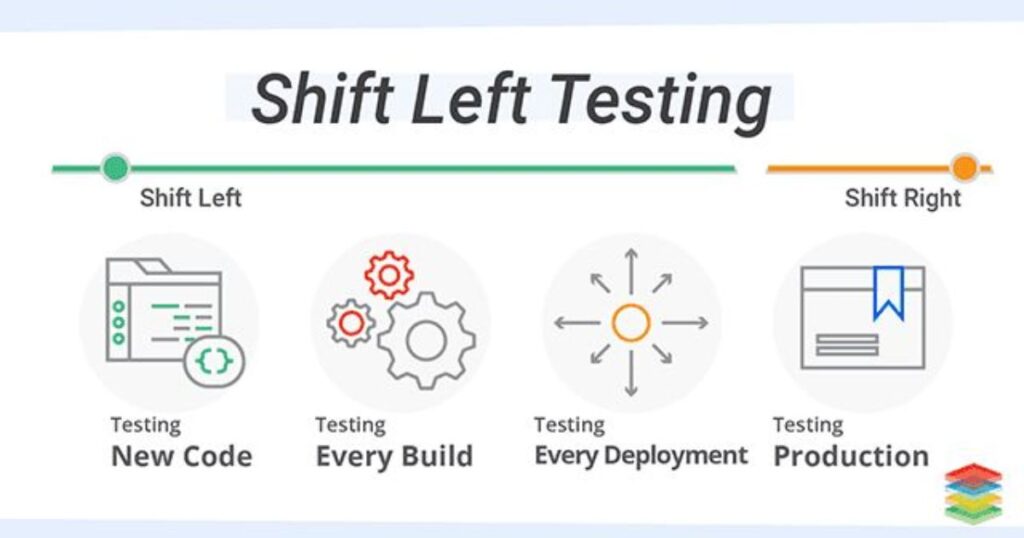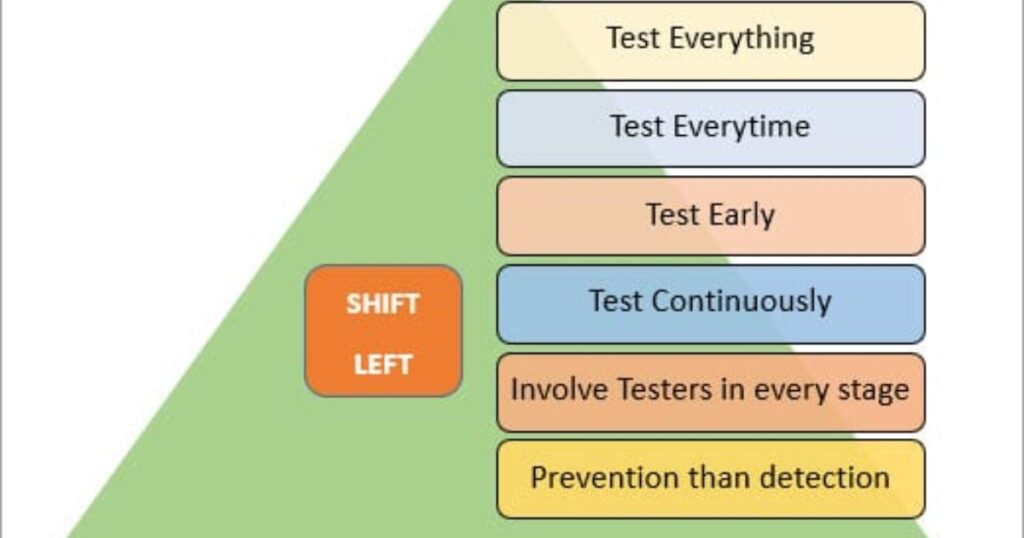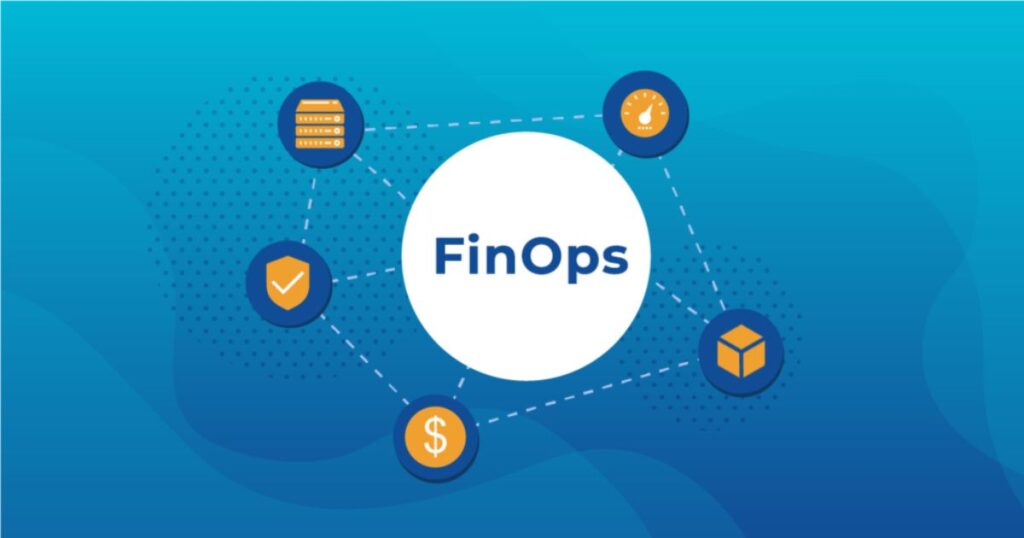In today’s dynamic business environment, the ability to innovate quickly while managing costs effectively is a critical success factor for organizations. One of the strategies gaining traction is shifting left in FinOps, a proactive approach that embeds financial considerations early in the development lifecycle. This article explores how businesses can leverage this methodology to streamline processes, enhance collaboration, and drive innovation.
Understanding the Concept of Shifting Left in FinOps
Traditionally, financial operations were managed at the end of a project, often resulting in budget overruns, inefficiencies, and delayed decision-making. Shifting left in FinOps flips this model by integrating financial oversight into the earlier stages of development.
This approach ensures that cost considerations are addressed from the start, leading to better resource allocation and alignment with organizational goals.
The focus shifts toward advanced strategies, automation, and cross-functional collaboration to enhance the efficiency and effectiveness of financial operations.
Key Strategies to Accelerate Innovation by Shifting Left FinOps, Part 2

Proactive financial planning is the cornerstone of shifting left in FinOps. This involves setting clear budgets, forecasting costs, and defining financial goals at the outset. Such planning helps teams avoid unexpected expenses and ensures alignment with the project’s objectives.
Cross-functional collaboration between finance, development, and operations teams is essential to ensure financial considerations are embedded in every stage of the process. By working together, these teams can identify potential cost-saving opportunities, align priorities, and mitigate risks early.
Automation tools play a critical role in accelerating innovation. These tools integrate seamlessly into CI/CD pipelines, providing real-time cost insights and enabling teams to make data-driven decisions. Automation reduces the likelihood of human error and ensures that financial data is accurate and actionable.
Benefits of Shifting Left in FinOps
When financial considerations are addressed early, teams can focus more on creativity and innovation. By managing costs proactively, resources can be allocated to high-impact projects without the fear of exceeding budgets.
Early integration of financial operations provides clear insights into spending patterns. This financial transparency facilitates better decision-making and helps organizations remain agile in responding to market changes.
The ability to make informed financial decisions in real-time enables faster project completion. This accelerates time-to-market for new products and features, helping businesses maintain a competitive edge.
Implementing Shift-Left FinOps in Practice

To implement shifting left in FinOps effectively, organizations must adopt practical steps tailored to their unique needs. Establishing a unified framework with clear guidelines and processes ensures consistency across teams and eliminates ambiguity. This framework should outline specific roles, responsibilities, and decision-making protocols.
Investment in comprehensive training programs equips teams with essential knowledge and skills. Team members need to understand cost structures, financial forecasting, and available tools. This education ensures everyone can contribute effectively to financial management processes.
Organizations should select scalable tools that grow with their needs. These solutions must provide features like real-time cost monitoring, forecasting, and reporting capabilities. When evaluating tools, consider integration capabilities, user experience, and long-term scalability.
Promoting a culture of accountability encourages teams to take ownership of financial outcomes. This cultural shift drives better financial decisions and ensures sustained success in FinOps implementation.
Read This Post: Aubrey Horne Obituary Dunn NC: Honoring a Life Well Lived
The Role of Automation in Shifting Left FinOps
Automation stands at the forefront of modern FinOps practices. By automating routine tasks, organizations free up valuable resources for strategic decision-making. Integration with CI/CD pipelines provides continuous visibility into costs, enabling teams to identify inefficiencies promptly.
Predictive analytics powered by automation analyzes historical data to forecast future trends. These sophisticated systems help organizations:
- Plan budgets more accurately
- Allocate resources efficiently
- Identify potential cost savings
- Optimize resource utilization
- Make data-driven financial decisions
Future Trends in FinOps

The evolution of shifting left in FinOps continues to be shaped by emerging technologies and methodologies. AI-driven analytics will enable deeper insights into cost structures and financial performance, driving smarter decision-making across organizations.
The integration between FinOps and DevOps practices continues to deepen, creating seamless workflows that balance financial efficiency with operational agility. This convergence supports faster innovation while maintaining cost control.
Sustainability has become a crucial consideration in financial practices. Organizations increasingly incorporate environmental considerations into their FinOps strategies, recognizing the importance of sustainable growth in the modern digital economy.
Read This Post: Aubrey Horne Obituary Dunn NC
Conclusion
Shifting left in FinOps offers organizations a powerful framework to enhance financial efficiency and drive business growth. By embedding financial operations early in the development process, businesses achieve greater transparency, optimize resource allocation, and accelerate innovation.
The strategies and tools outlined here position organizations for sustained success in an evolving market landscape. This transformative approach empowers businesses to thrive in today’s fast-paced digital economy while maintaining robust financial control.
FAQ’s About Accelerate Innovation by Shifting Left FinOps, Part 2
What does shifting left in FinOps mean?
Shifting left in FinOps involves incorporating financial operations into the earlier stages of the development lifecycle, enabling better efficiency and alignment with business objectives.
How does shifting left FinOps accelerate innovation?
By addressing financial considerations early, organizations can allocate resources more effectively to innovative projects and reduce time-to-market for new solutions.
What role does automation play in shifting left FinOps?
Automation provides real-time cost insights, eliminates manual errors, and supports predictive analytics, enabling proactive financial management.
What are the benefits of shifting left in FinOps?
Key benefits include enhanced innovation, improved financial transparency, and faster decision-making, all contributing to sustainable business growth.
What future trends are expected in FinOps?
Future trends include AI-driven analytics, deeper integration with DevOps, and increased focus on sustainable financial practices.

